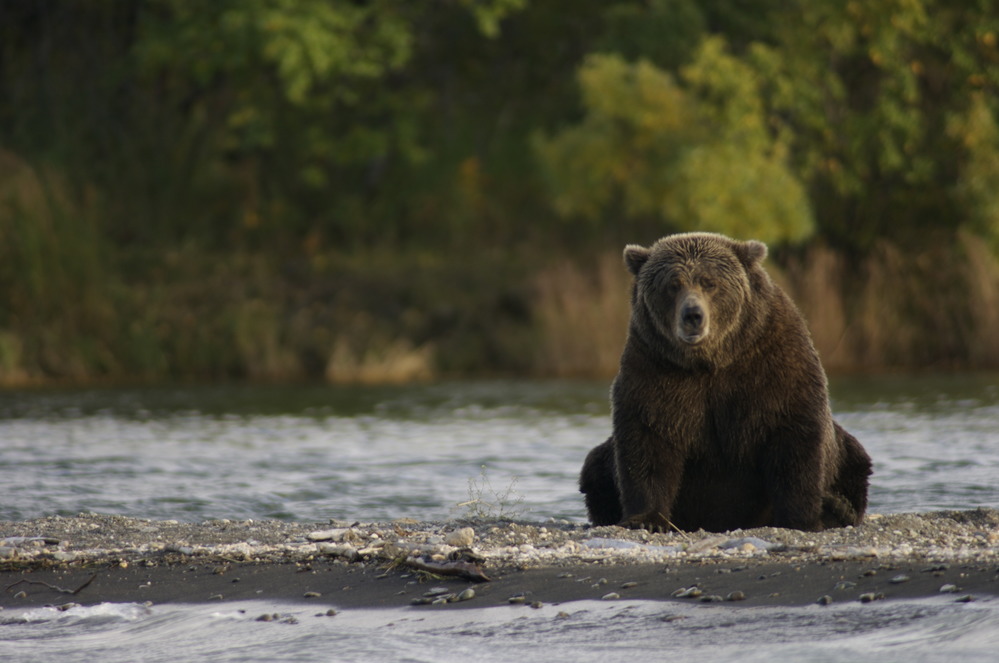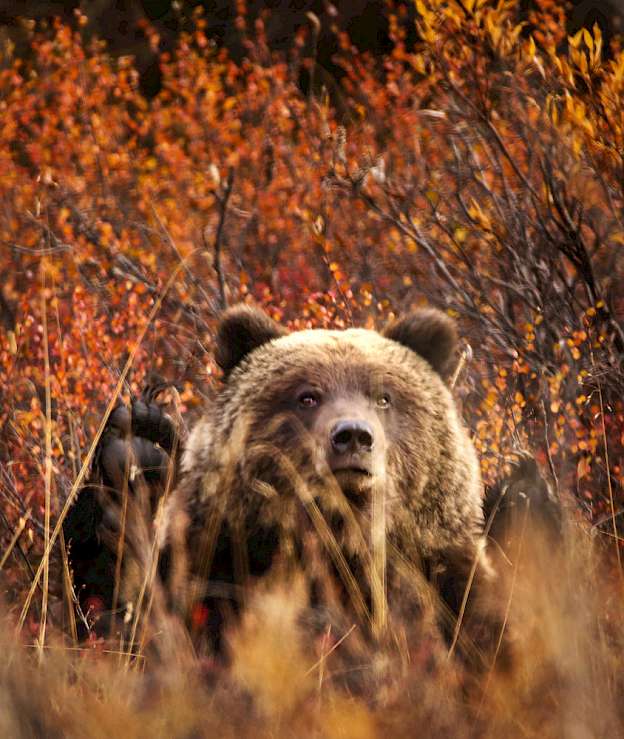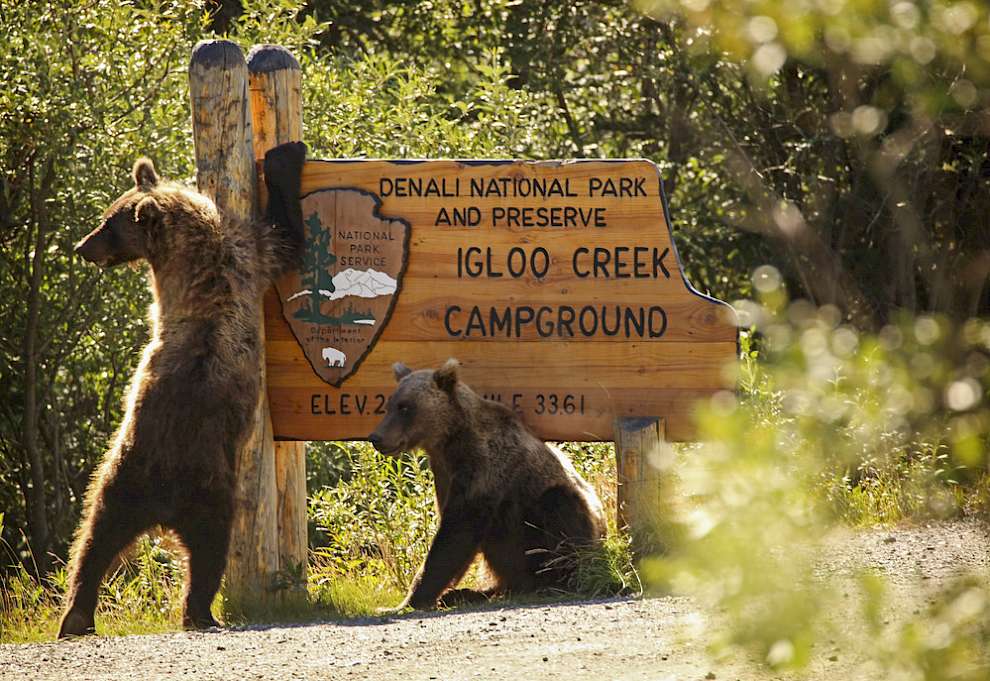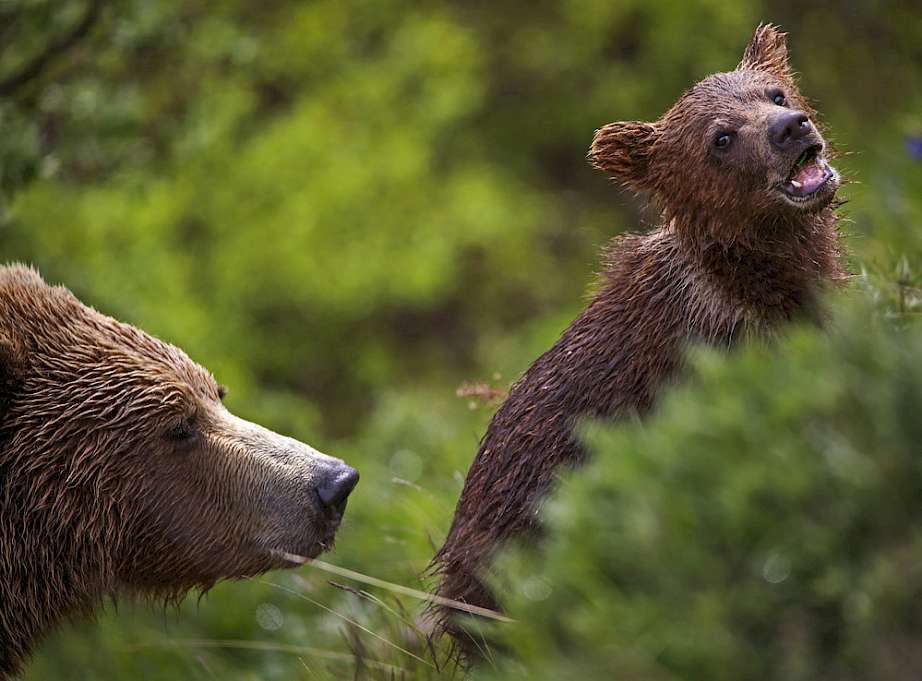Travel Tip Tuesday | Bear in Mind
What To Bear In Mind - Bear Etiquette.
Several National Parks offer the opportunity to see brown or grizzly bears in the wild. The first thing to be aware of when looking for bears in the wild is to understand the difference between brown bears and grizzly bears.

Grizzly bears once roamed the entire western portion of North America including the Great Plains. Standing about eight feet tall and weighing up to 800 pounds, a grizzly bear is a subspecies of a brown bear that inhabits western Canada and the northwestern United States. They have long rounded claws and a large mass of muscles on their back that help them dig their winter dens. They have small rounded ears and white-tipped fur that distinguishes them. Grizzley bears are highly intelligent and can detect food from miles away because they have an excellent sense of smell. They are known as omnivores and will eat just about anything that they can find from nuts and fruits to a variety of animals and fish. They are excellent swimmers and can run up to 50 miles an hour!
winter dens. They have small rounded ears and white-tipped fur that distinguishes them. Grizzley bears are highly intelligent and can detect food from miles away because they have an excellent sense of smell. They are known as omnivores and will eat just about anything that they can find from nuts and fruits to a variety of animals and fish. They are excellent swimmers and can run up to 50 miles an hour!
Brown bears can reach a weight of 815 pounds and can run at speeds of up to 31 miles an hour. The body size of a brown bear is bulkier than a grizzly and it has a prominent shoulder hump, smaller ears, and larger, straighter claws. They are also omnivores and spend up to 16 hours a day looking for food. They have an excellent sense of smell and can sniff out food at a distance of several miles. Along with Polar bears, brown bears are the largest of the bear species. They are most active in the early morning hours and in the evening.
In North America brown bears are sometimes called grizzly bears, but that is not always the case. The bears of coastal Alaska that can be spotted in Katmai and Glacier Bay are brown bears that live off marine food sources. Grizzly bears can be seen in inland parks like Glacier, Yellowstone, Grand Teton, and Denali with no access to marine foods. For a list of parks with bears click here.
Keep Your Distance
Seeing bears in the wild is part of the allure of visiting a National Park. When spotting a bear in its natural habitat remember that they are wild animals and that they can be unpredictable. By their nature, bears are solitary animals and not sociable. Keep the following steps in mind when viewing them in the wild.
Respect the bear’s space, the wild is their home, not yours. Bring binoculars for a good view of bears without getting too close.
Never Approach or Crowd
A bear may change its behavior if you get too close. Check with the park that you are visiting for viewing distance regulations. Most parks require visitors to stay at least 100 yards (300 feet) away from bears.
Travel in Groups
Bears sense a group at greater distances than a single person. Because of their size, groups can be intimidating to bears.

Be Quiet!
Don’t stray from the group that you are viewing bears with and keep the noise and your movements down to a minimum. Don’t try to surprise a bear with noise to get its attention. A sudden scream or movement may trigger an attack.
Identify Yourself
If a bear is paying attention to you identify yourself as a human and not as a prey animal by talking calmly and waving your arms. Try to make yourself look as big as possible by slowly moving to higher ground. A standing bear is usually curious, not threatening.
Move Slowly and Sideways
Do Not Run from a bear, and do not turn your back on a bear, this could incite the bear to give chase. If a bear is stationary, move away slowly and sideways. This allows you to keep your eye on the bear in a non-threatening manner. Always give bears room to pass.
No Food
Never allow the bear to access your food. Never teach a bear that you are an easy source of nourishment. If a bear learns that people have food, they may be inclined to approach them aggressively with the hope that they will be rewarded with food. Also, never, drop your backpack, especially if it contains food.
Females and Cubs
As cute as cubs may be, never place yourself between a mother and her cub, and never attempt to approach them. If the female perceives you as a threat, this could escalate an attack.

Bear Pepper Spray
If you are exploring the backcountry, bring along EPA-approved bear pepper spray. To learn the correct way to use bear pepper spray, and what kind to purchase, watch this helpful video.
If you keep these things in mind, viewing bears in the wild should be a safe, exhilarating, and exciting experience.
